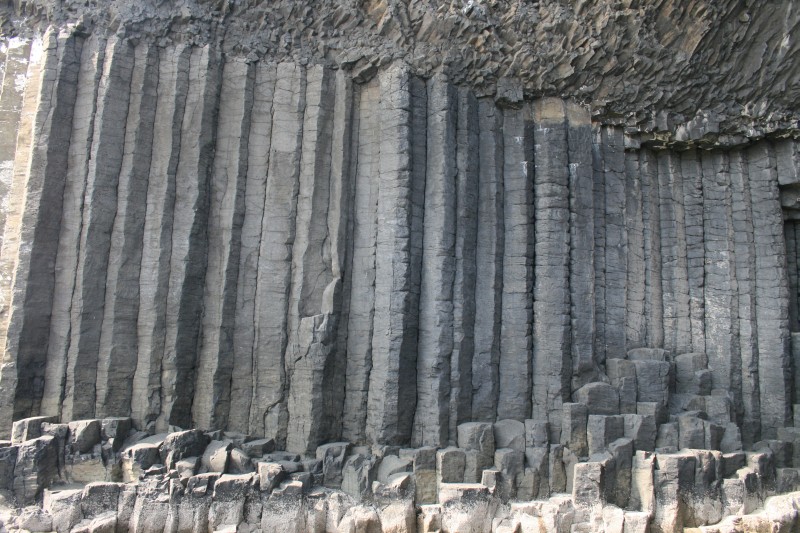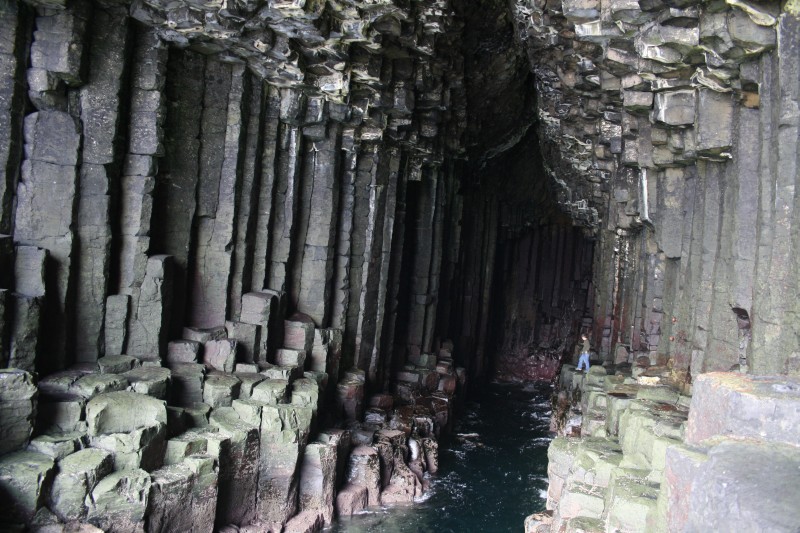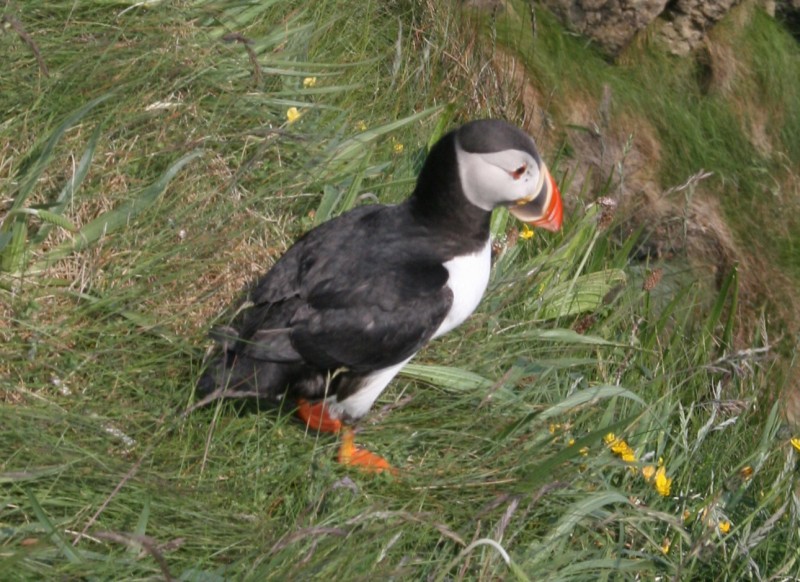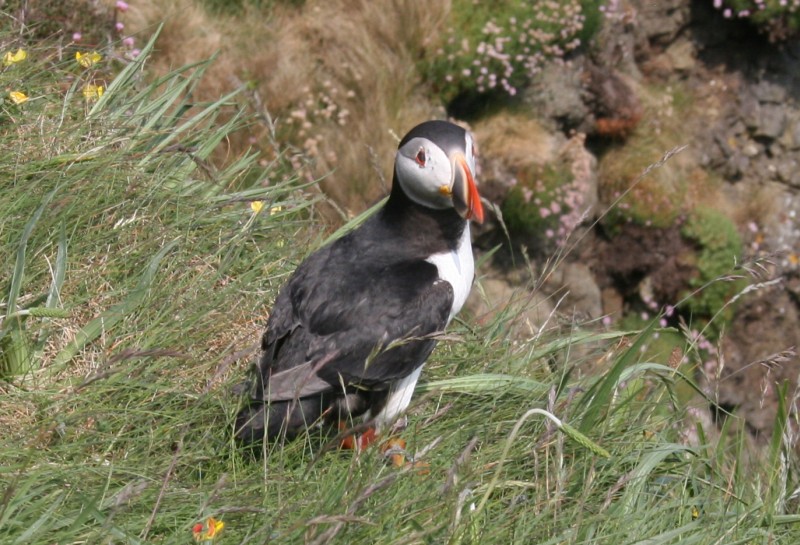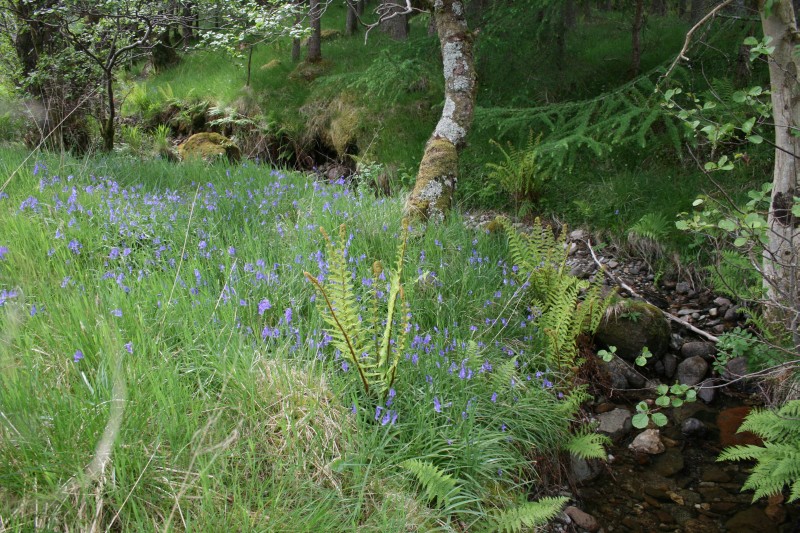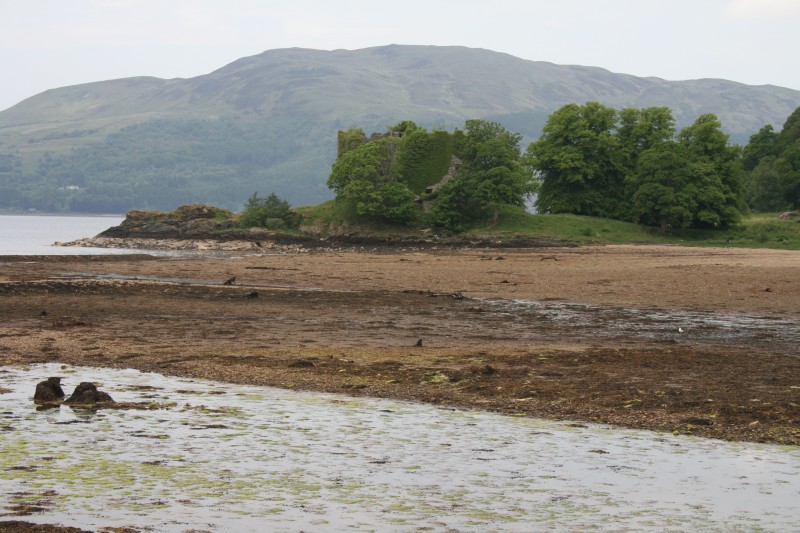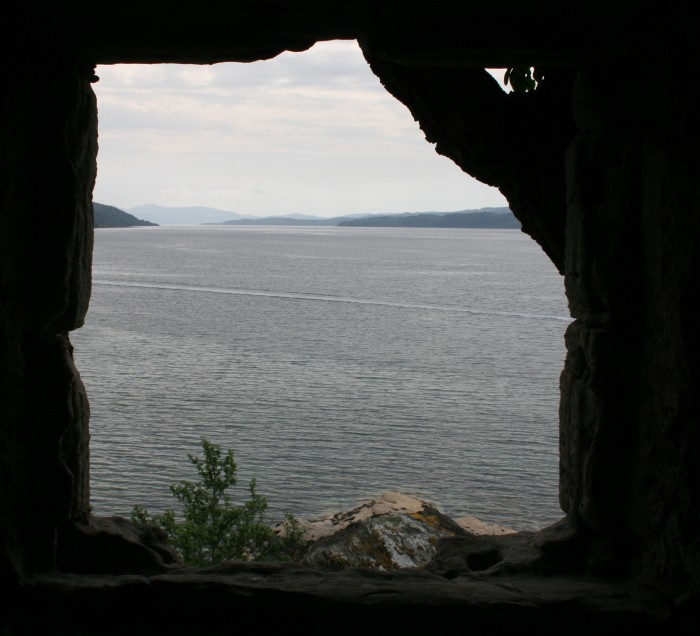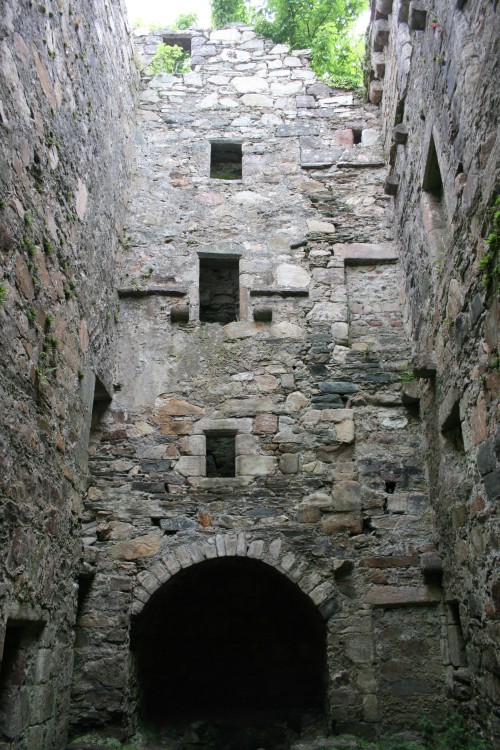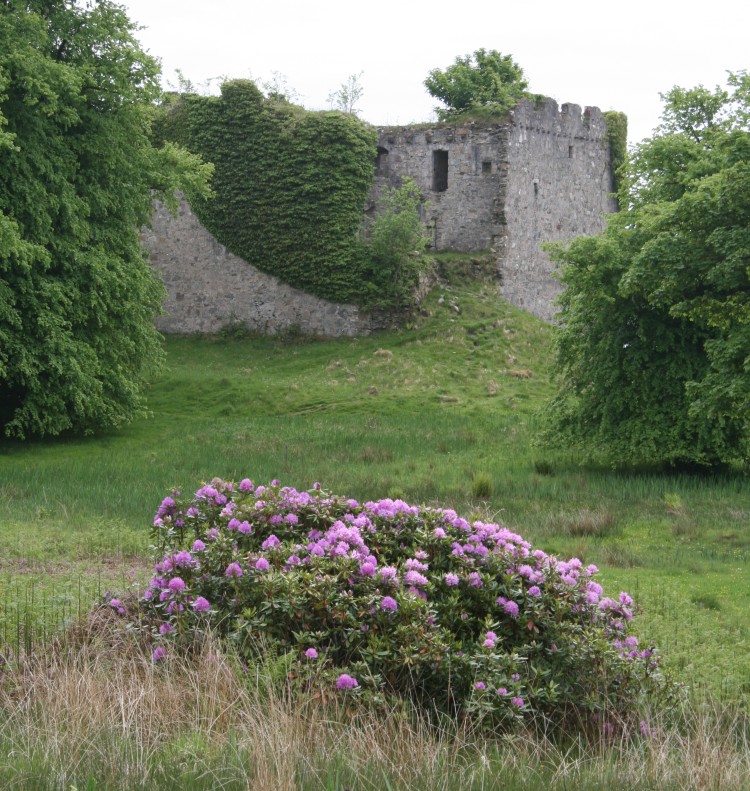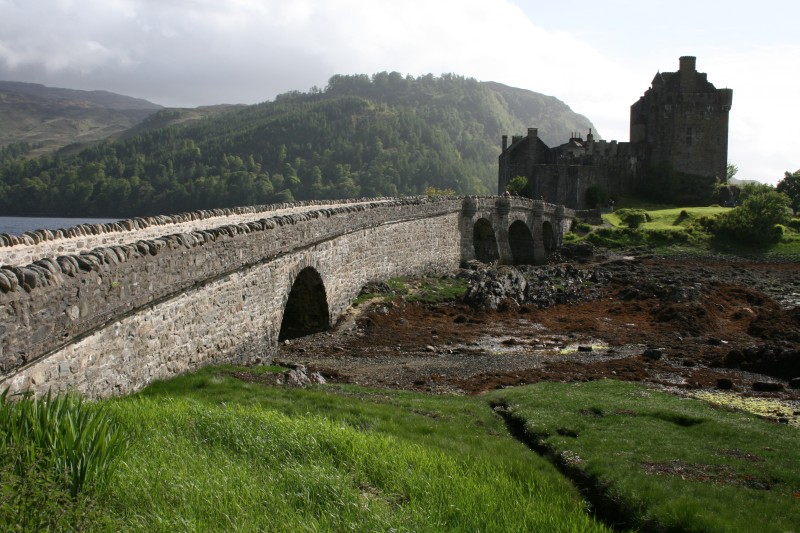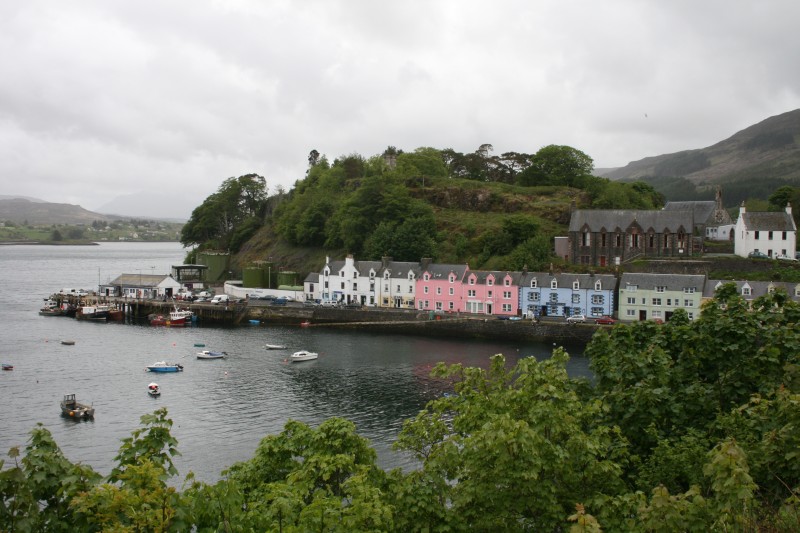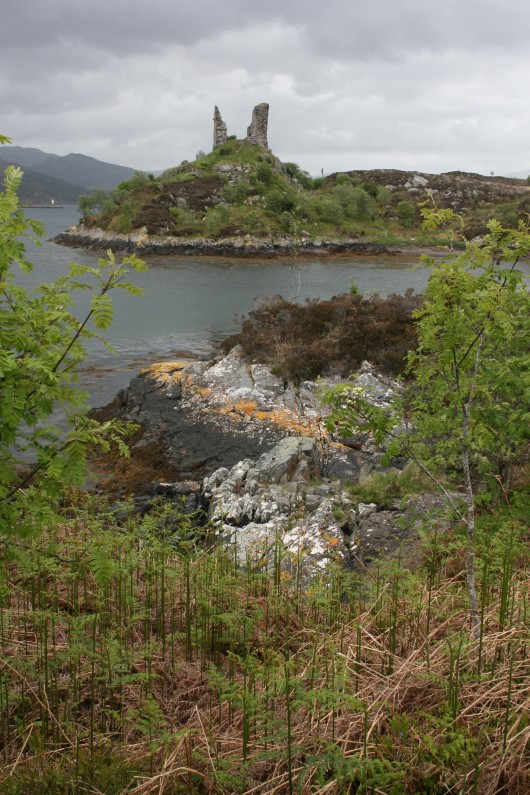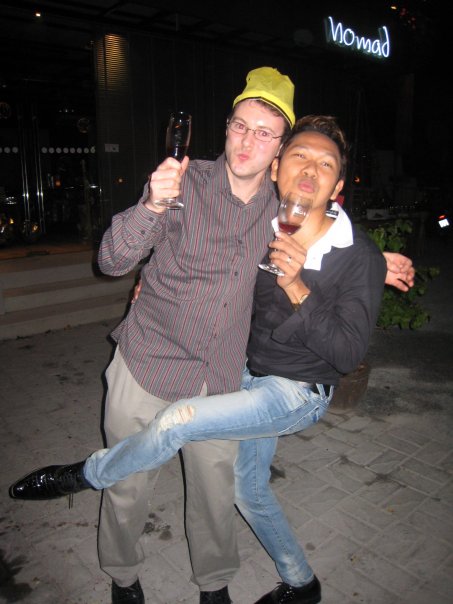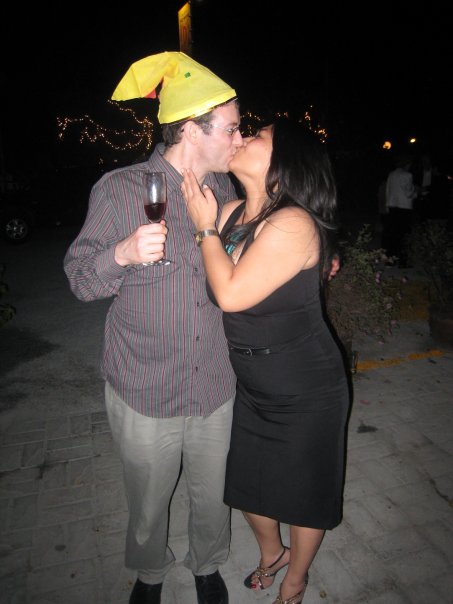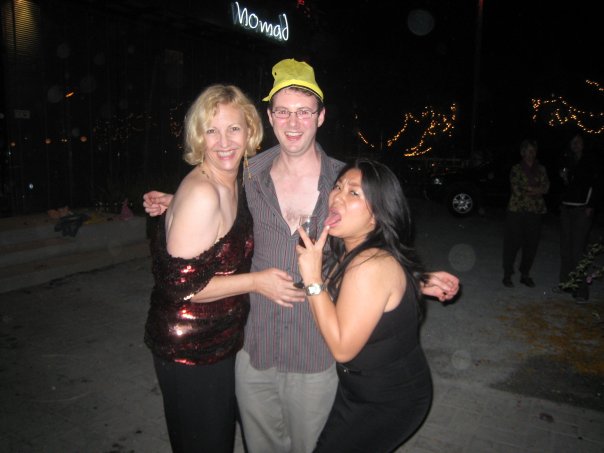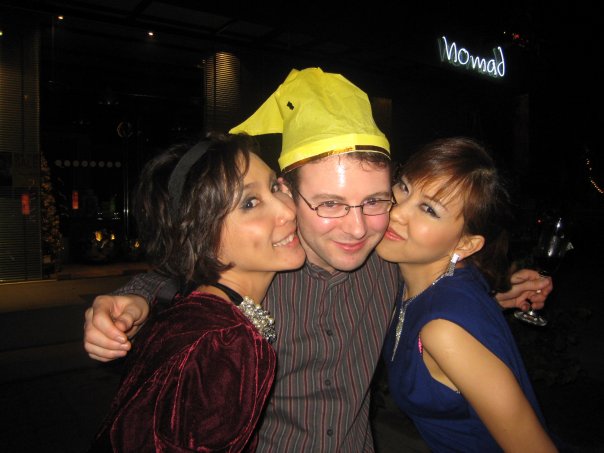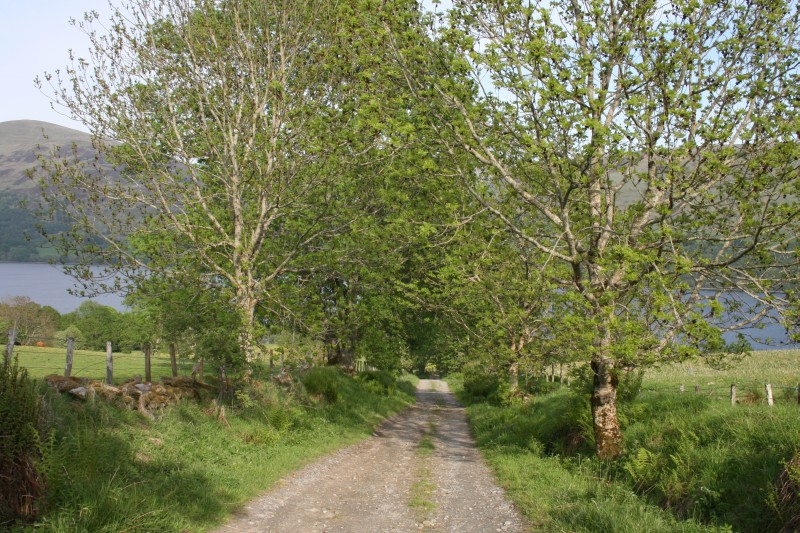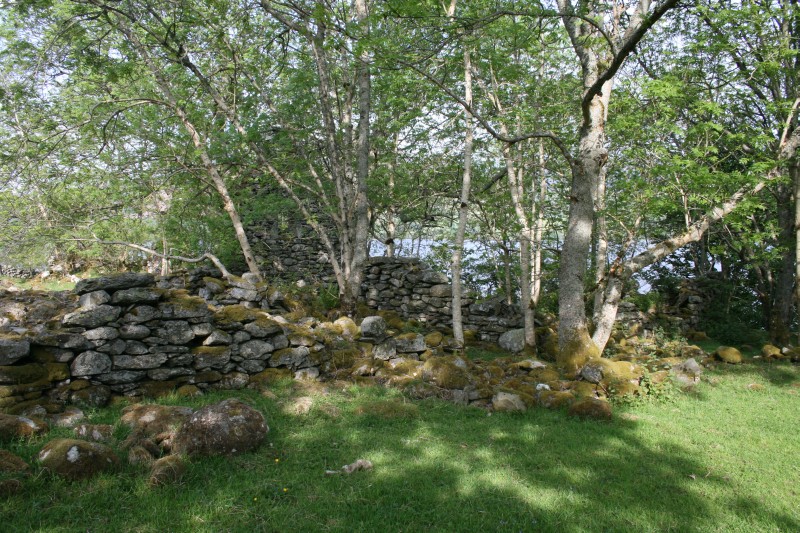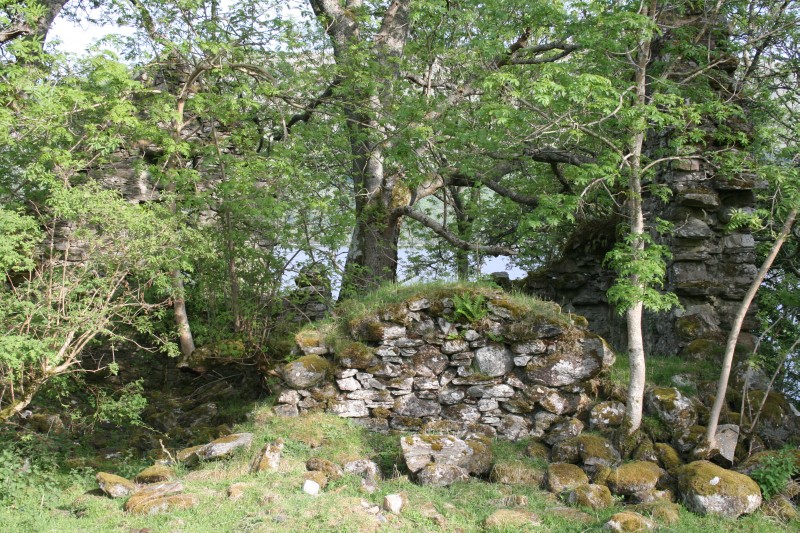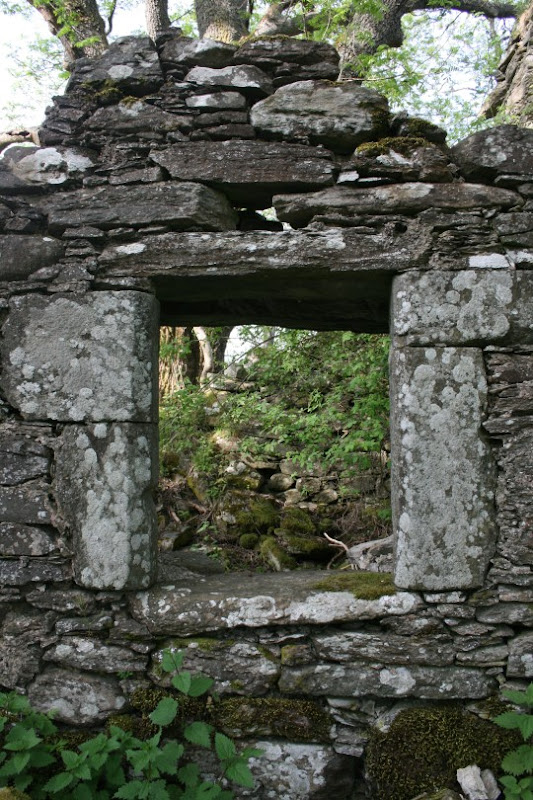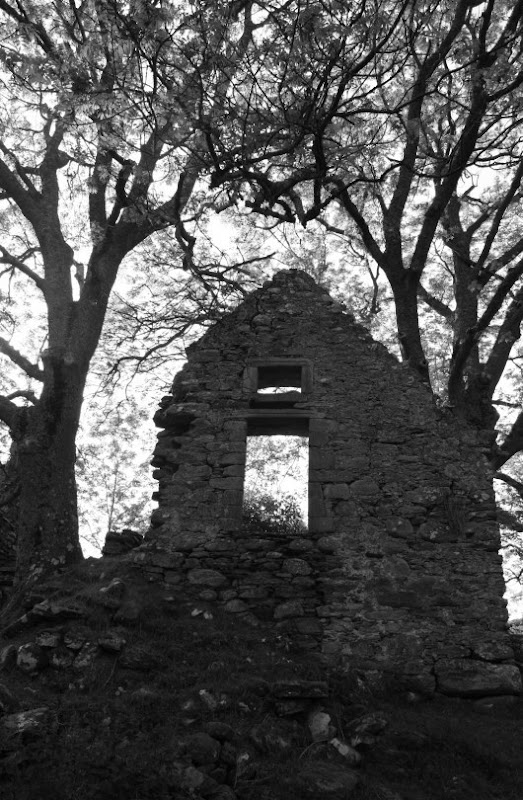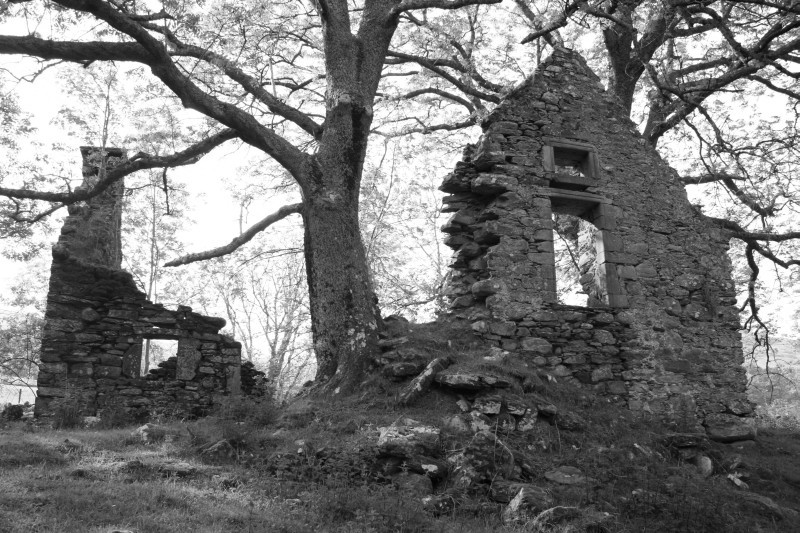This is Hever Castle, which is one of the 3 "Kent castles" to the south of London. I went there for a day out with my friends D & T, ponst whose floor I slept when I first arrived in England.
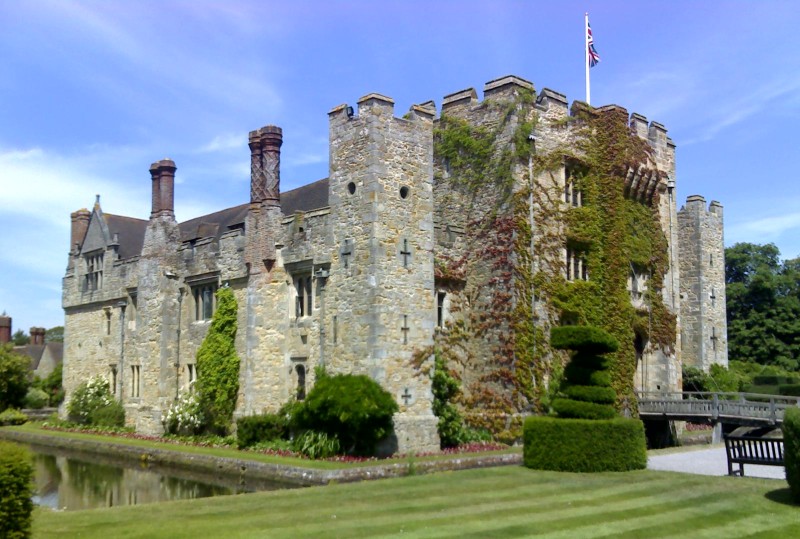
Hever Castle
It was a wonderful, sunny day, but the castle was pretty quiet. That may've had something to do with England playing Germany that afternoon in the World Cup. I possibly enjoyed that day more than anyone else in the country.
Hever was the former home of Anne Boleyn. It has a hidden chapel, dating from when Elizabeth I was persecuting the Catholics. Having grown up on Enid Blyton novels, I'm fascinated by the idea of secret passages hidden in old buildings. This wasn't exactly a traditional "priest hole", but it was pretty cool.
A more recent addition is the water maze, which is a maze on raised stone slabs that trigger water jets when stepped upon.
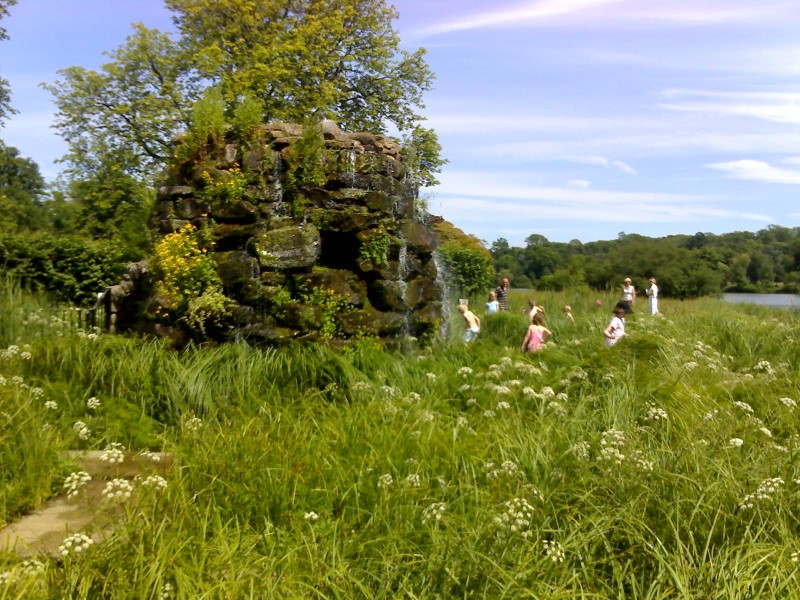
After that, we rented a row boat and sploshed around on the lake. It was quite idyllic. Great day.
Last weekend, there was a special deal on train tickets heading south, so I took a trip down to Arundel Castle which is near the south coast. Hever is a bit of a toy castle, but Arundel is huge.
Arundel is the historic home of the Howard family, which included ... Anne Boleyn. Yeesh, that lass got around more castles than moats.
Arundel began as a fairly typical round Norman motte and bailey keep after the Battle of Hastings (1066).

However, it expanded dramatically over the centuries.

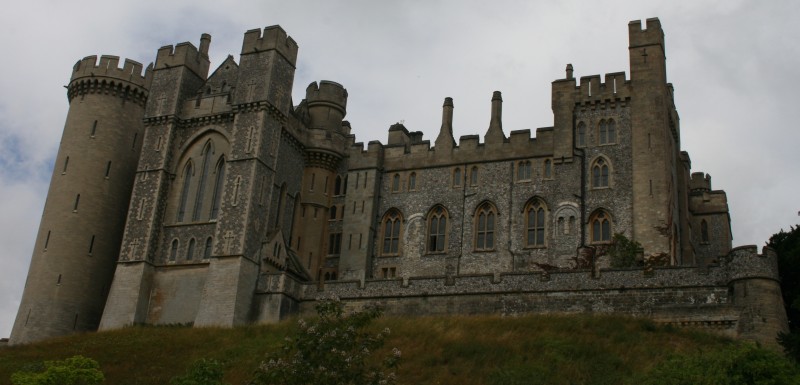
The day that I went happened to be Pirate Day, so I watched some displays of sword fighting and musketry, and saw "the Shadow", who is a highwayman. I wonder if she hates squirrels?
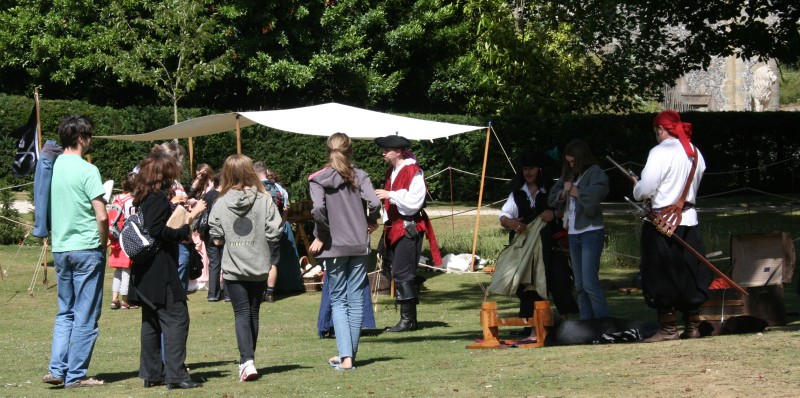
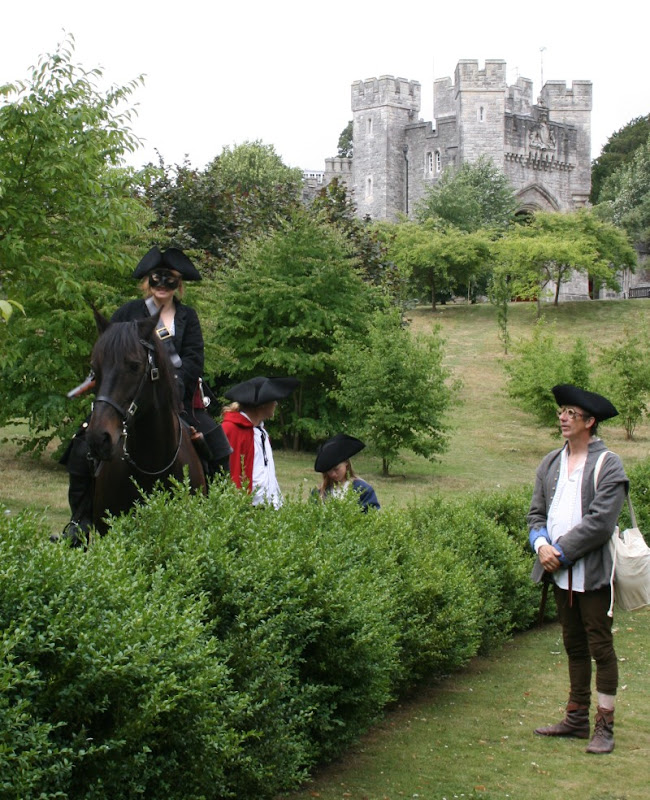
The Shadow
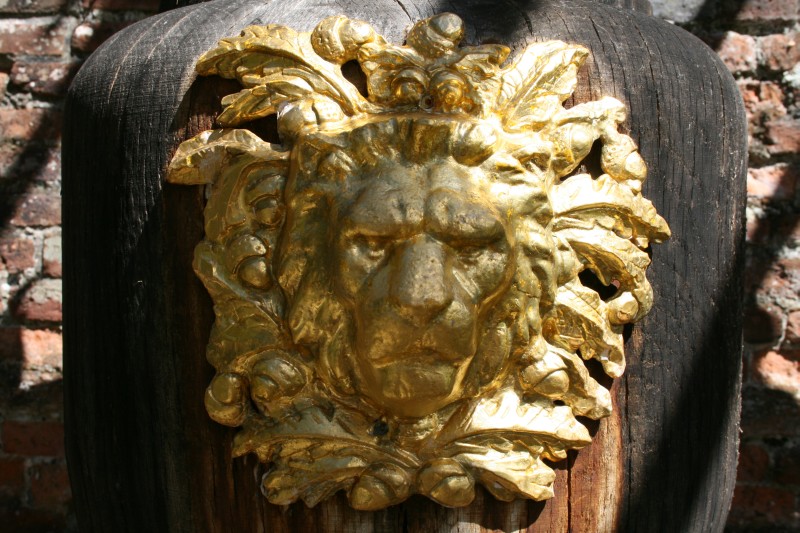
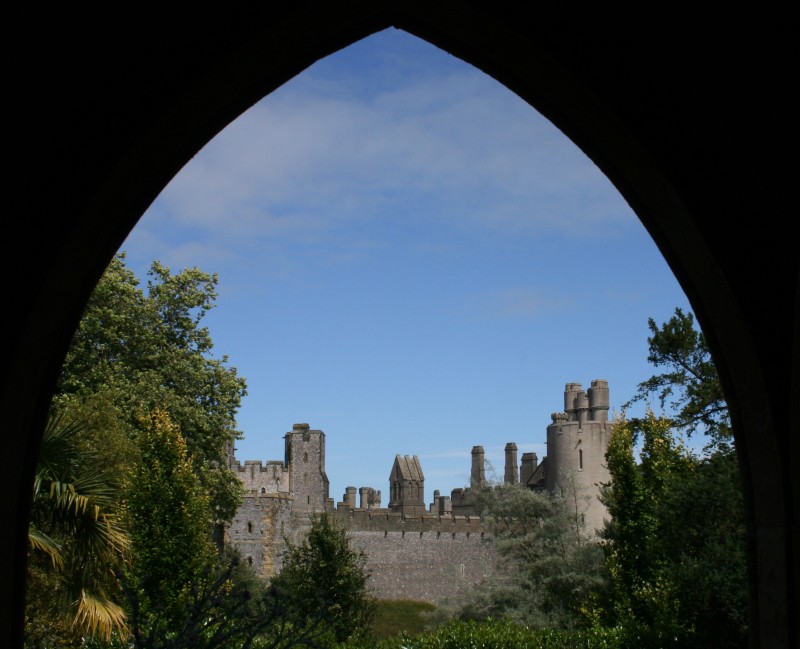
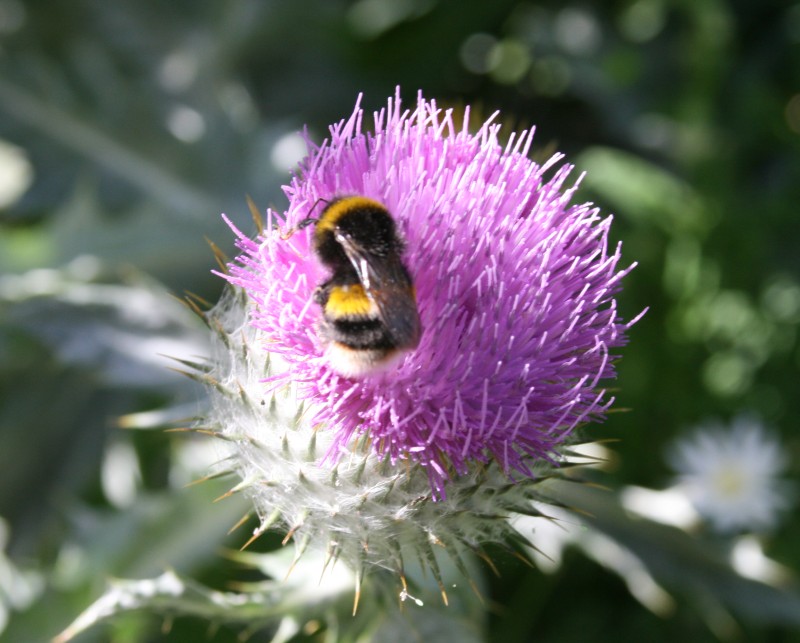
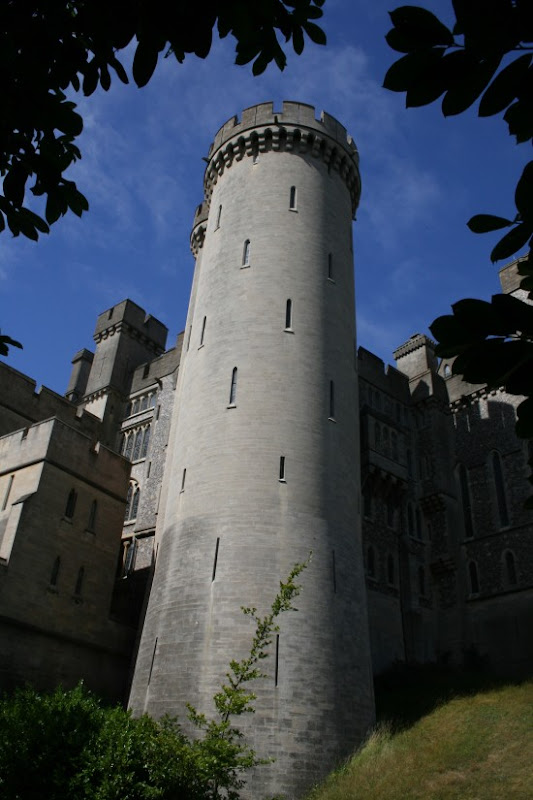
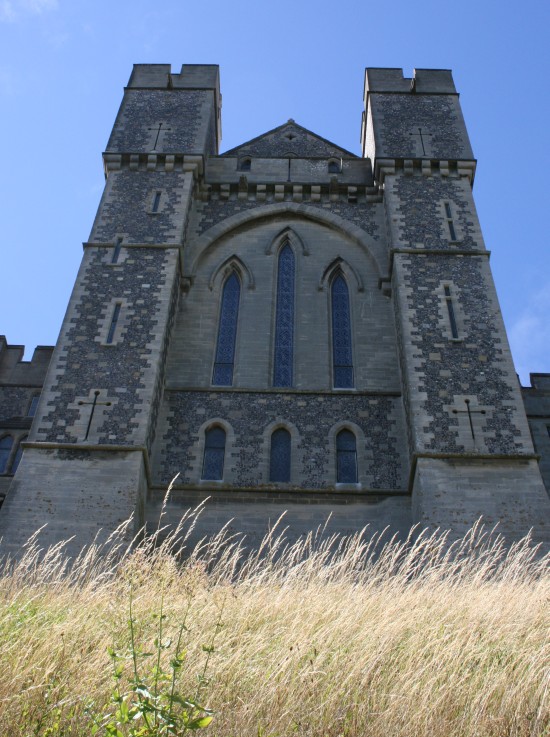
The castle was cool, but at 16 pounds, it was pretty damn expensive and large sections are inaccessible because the family lives there. The information is very much focused on the Howard family, while some sort of national context to the history might be more relevant to most visitors.
After I'd finished at the castle, I went to Arundel Cathedral. It's pretty big but I was unimpressed by the interior. In the foyer, they had an interesting biography of the current Pope, but it strangely skipped mentioning what he was up to in 1939-45 and in the 1980s. I wonder what Ratzinger was up to then? I'm sure it was something selfless and beneficial to mankind, but due to his modesty he doesn't want it mentioned. Great guy.

Arundel Cathedral
